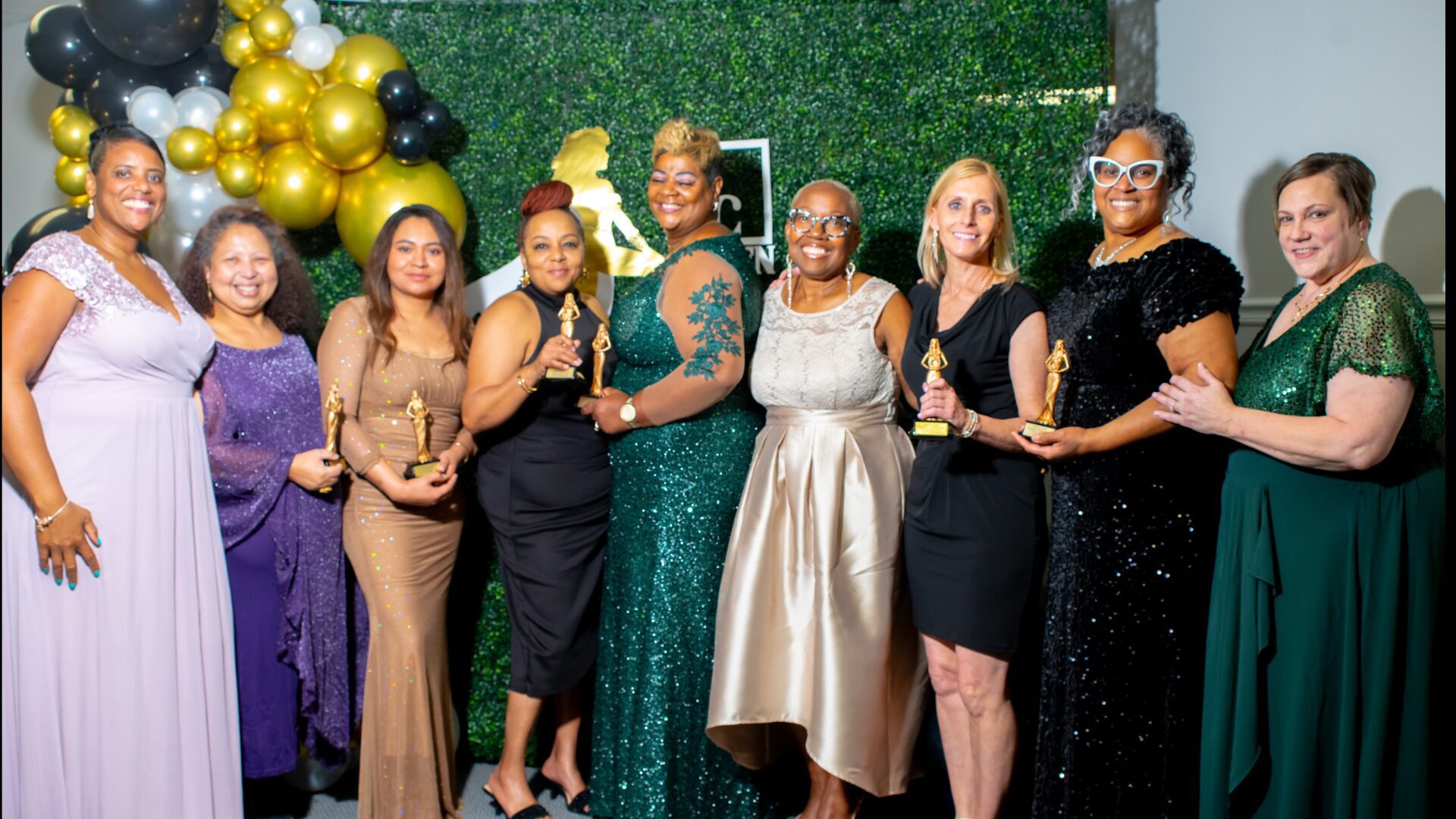United States 
Getting to the Heart of Education Policy: The Advocacy Power of Film
What We’re Learning: MAKE A CIRCLE

United States 
What We’re Learning: MAKE A CIRCLE

Dan felt called to be an early educator. He always had memories of his preschool teachers as one of the few stable sources of caring support in his earliest years. As his young learners delight in playing with sticks and blocks nearby, Dan tells us how these moments of discovery and thrill represent the most transformative time for brain and social development in a person’s life, building essential skills, like strengthening fine motor skills to use pencils and practicing early math.
Dan’s story is movingly told in MAKE A CIRCLE, an award-winning documentary film and “love letter to early educators.” On screen, I see Dan’s eyes light up when he talks about his work – and then I see them quickly turn to anguish. He can’t stay, he says. He can’t afford to be an early educator, a profession that pays less than 97% of all other professions in the US. Dan’s story is one thread in a larger fabric of a fraying early care and learning system.
Storytelling, especially through film, can be a compelling advocacy tool to deepen public understanding, spark community dialogue, and make a compelling case for policy change. After screening hundreds of times in nearly every state and now airing nationally on PBS, we’ve seen how films like MAKE A CIRCLE are helping advocates get to the heart of education policy change.
In a recent conversation at the Grantmakers for Education annual conference, the film’s co-director Jen Bradwell and provider-turned-advocate Laterria Lassiter joined me to explore these themes and more. Here are three takeaways from our discussion on the advocacy power of film in education:
Education is a systemic issue that affects everyone – each one of us has our own direct, lived experience with learning and, for most of us, schools and educators. That’s not at all a bad thing, as it means that we all have a stake in improving the system. But we also run the risk of our personal stories clouding a deeper understanding of how systemic problems – and how they affect each person differently – would best be solved. Film’s multi-sensory experience can give us a more tangible and immersive portal into another perspective than policy papers or even blog posts like this one are able to articulate through words alone (though I still try!).
To help audiences connect personal stories to systemic change, MAKE A CIRCLE developed an accompanying discussion guide for community-based screenings.
Algorithms may like stories that sow division and mistrust, but audiences don’t. MAKE A CIRCLE’s “charm offensive,” as Jen puts it, is key to its resonance among wide-ranging audiences, whether they be state legislators in California or early educators in Indiana. Although the film shows the struggles facing early educators, we also see many moments of magic and joy – the magic of a young child discovering the world and people around them, and the joy of connection between educators, their learners, and parents.
After Laterria screened the film to a cohort of home-based providers in North Carolina, she noted the silence that stretched around the room. Then, a collective exhale of recognition. The providers she works with through MDC’s leadership development program “are the type of people who eat their plate last at home,” she says. Seeing other providers on screen fully own their role as essential community leaders and agents of change was “an a-ha moment” for those in the room.
The film’s impact campaign helped audiences translate their new awareness into action – some for the first time. An accompanying advocacy and organizing toolkit aims to help providers and parents overcome imposter syndrome and discover their own powerful advocacy voice.
“Film allows us to shine a light into that darkness, reminding everyone…that they are seen, they are not alone, and we are in this fight together.”
Laterria Lassister, NC Home-Based Child Care Initiative, MDC
“This is an industry weighed down by deep, systemic issues – issues that shape the challenges providers face every day,” Laterria notes. “I want providers to know that their struggles are not a reflection of personal shortcomings, failures, or past experiences. The sense of powerlessness many feel comes from real systemic barriers, and those barriers can be overcome when we stand and fight together.” For providers, seeing their experience reflected on screen tapped into something deeper, says Laterria: “Film allows us to shine a light into that darkness, reminding everyone in this space that they are seen, they are not alone, and we are in this fight together.”




MAKE A CIRCLE resonated with audiences so much that the team behind the film is launching a new storytelling initiative. In partnership with GatherRound Consulting, along with the National Association for the Education of Young Children (NAEYC), the filmmakers will build on the themes from MAKE A CIRCLE to bring the magic captured in the full-length film to digital audiences. With more localized stories from around the country, they will showcase early educators as skilled, powerful forces for change in their communities through short-form, sharable video.
Launching at this month’s NAEYC conference, the largest early childhood conference in the world, RAISE is a fitting sequel to MAKE A CIRCLE. Stay tuned by following MAKE A CIRCLE on Instagram.